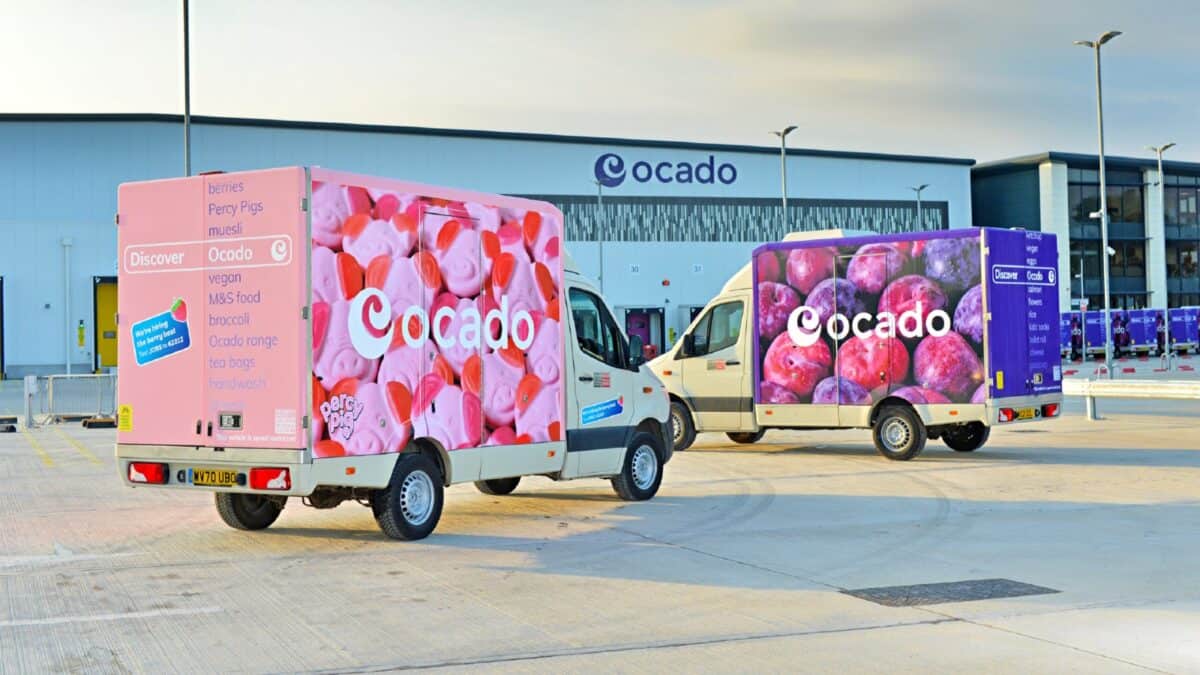The Ocado Group (LSE:OCDO) share price has been one of the better performers on the FTSE 250 in recent weeks. Since 12 September, it’s risen by 23%, making it the sixth best of all the stocks in the UK’s second tier of listed companies.
Green shoots?
Investors appear to be impressed by the company’s results for the 26 weeks ended 2 June 2024 (H1 FY24).
These disclose a 12.6% increase in revenue and a significant reduction in losses, compared to the same period in FY23. And the encouraging performance continued into the third quarter, leading to a revenue upgrade for the full year.
Should you invest £1,000 in Dunelm right now?
When investing expert Mark Rogers has a stock tip, it can pay to listen. After all, the flagship Motley Fool Share Advisor newsletter he has run for nearly a decade has provided thousands of paying members with top stock recommendations from the UK and US markets. And right now, Mark thinks there are 6 standout stocks that investors should consider buying. Want to see if Dunelm made the list?
Shareholders will be relieved to hear that the company’s directors believe that the group now has a “clear roadmap” to “turn cash flow positive during FY26”.
According to Kantar, the company’s joint venture with Marks & Spencer now has a 1.8% share of the grocery market in Great Britain. The company describes itself as the “fastest growing grocery retail channel”.
Cutting edge
This growth is underpinned by the group’s impressive technology.
Its videos on YouTube give an interesting insight into how it uses sophisticated robots to satisfy customer orders. Presently, it operates 22 customer fulfilment centres (CFCs) around the world.
And the videos showcase some of the clever solutions that the group can offer other retailers. It hopes to licence its Ocado Smart Platform (OSP) to third parties. At the moment, it has 13 OSP partners.
I admit this all sounds very positive. So why don’t I want a piece of the action?
Let me explain.
On the flip side
Ocado has a long history of over-promising and under-delivering.
Without any sense of irony, the company’s 2022 annual report stated: “We are just getting started on our growth journey in grocery and beyond”.
Remember, this is a company that’s been around since 2000. And it’s only reported a post-tax profit during three of those years.
Being charitable, its revenue was 12.2% higher in FY24 than in FY23. And its post-tax loss was £94m better. After all this time, perhaps the company has turned the corner? But I’m not so sure.
When it started, its online offering was different. Now everyone’s doing it.
And its persistent losses have taken a toll on the company’s balance sheet. At 3 December 2023, its borrowings, including lease liabilities, were £1.96bn.
It looks to me as though it will be able to get through to FY26 without having to ask shareholders for more money or raise more debt. However, a rights issue cannot be ruled out if its losses persist or the timescale of its anticipated recovery slips. It already has 50% more shares in issue than when it first listed.
I also fear that it’s going to take a lot of cash to continually replace and improve its technology.
Not for me
But despite my concerns, it still has some loyal shareholders. Its market cap is currently (11 October) £3.35bn, which is impressive for a company that’s been around so long and is still losing money.
However, I’m not interested in taking a stake. It’s just too risky for me. I believe there are many better opportunities elsewhere. There are numerous profitable companies — paying generous dividends — that I’d rather invest in.








